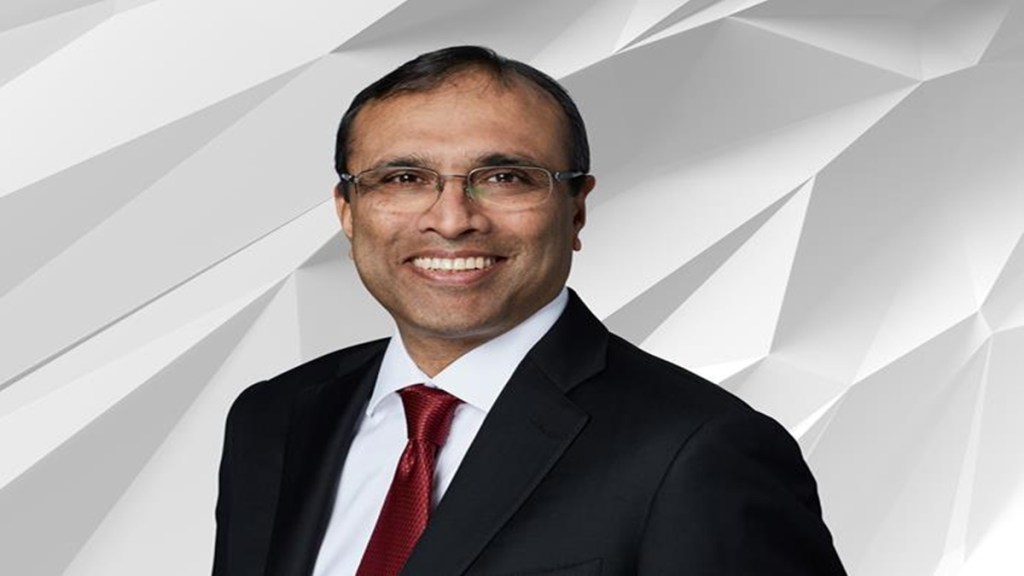Cost control and better pricing and quality of products has contributed to Hindalco’s healthy financial performance in the fiscal third quarter, company’s managing director Satish Pai told Urvi Malvania. He also said that the listing of its US subsidiary, Novelis, will stand postponed for at least, another year. Excerpts.
Q. What impact of tariffs on aluminium exports to the US do you see?
A. Tariffs normally go into the Midwest premium (metal pricing in the mid-west region of the US). So, it should not have much effect on Novelis. In fact, if the Midwest premium goes up, the scrap benefit goes up. There is no tariff on scrap. At this stage, it looks neutral to positive for Novelis.
(In case of) the aluminium business in India, we hardly export anything to the US. Ninety per cent of the aluminium that US uses comes from Canada. It is not like it is going to disrupt worldwide flows. Since freight rates are so high, aluminium does not travel across the continent. People like us and our competitors are largely selling into Asia, Russia sells to Europe, and Canada sells to the US. So Rusal being sanctioned in Europe has an impact and has driven European premiums up. If the tariffs come in on Canadian aluminium, the Midwest premium will go up. But the overall price stays at around 2,500 to 2,600 for the last two or three quarters with all these ups and downs going on.
Q. What’s the status on the listing of Novelis on the US Exchanges?
A. You can say it is not on our priority list for another year. The position we are taking is that we have to work on getting Novelis’ profitability back to over $500 per tonne. We have to finish the Bay Minette, Alabama (US) project that commissions in September of 2026 which will be a substantial boost to Novelis’ results. Only after those are finished will we look at an IPO again.
Q. Do you see rupee volatility impacting inputs costs?
A. First, the costs are under control compared to last year. The coal prices were all nearly double digit lower than Q3 of last year. The second is that the downstream business is doing better and it adds on top of that. Thirdly, alumina third party sales (were better) as alumina prices spiked in Q3 because of the Guinea problem. That added substantially to the profits.
Also, the integrated business model of Hindalco’s upstream and downstream means that (while) Novelis had a slightly weak quarter, India had a very strong quarter. So, the overall consolidated results look very good. The advantage of the diversified business model of Hindalco is a differentiator for us versus our competition.
Q. What has helped aluminium downstream revenues grow?
A. We are steadily investing in (the business segment). We are currently selling about 400 KT of aluminum downstream. (Another) 200 KT more is being added as we speak. Our strategy has always been to get into higher value-added downstream aluminium products. That is slowly starting to pay off now. In the coming quarters you will see those volumes and the additional EBITDA from downstream.
Q. You had called out the aluminium downstream EBITDA in your earnings presentation. What has helped margins there?
A. It is the pricing and the quality of the products that we are selling. As our volumes pick up, we will be getting into more foil stock (base material for aluminium foil), more can/body stock (base material for beverage cans, more defense plates (aluminium sheets/plates used in defense industry).


